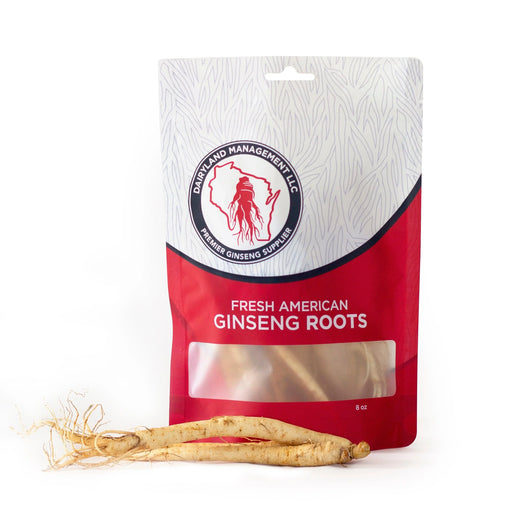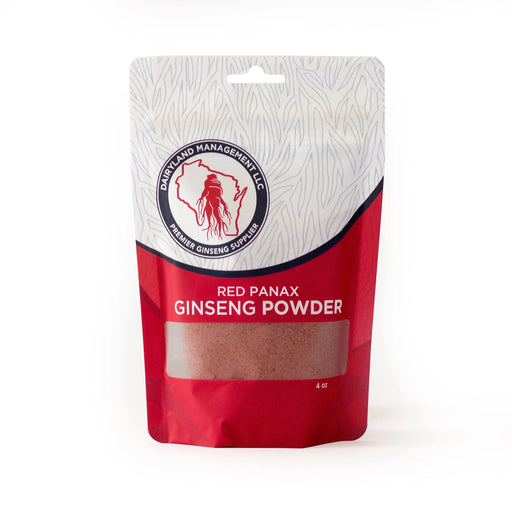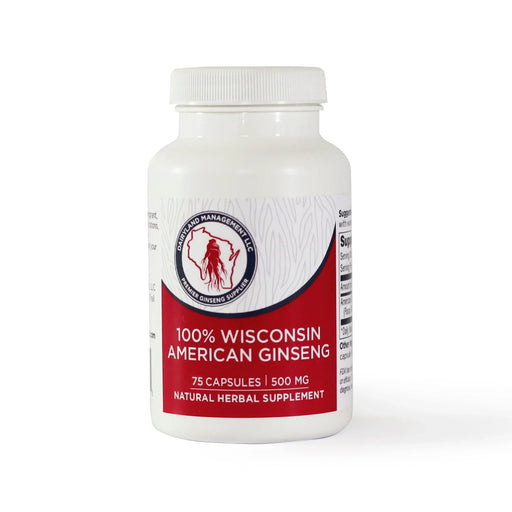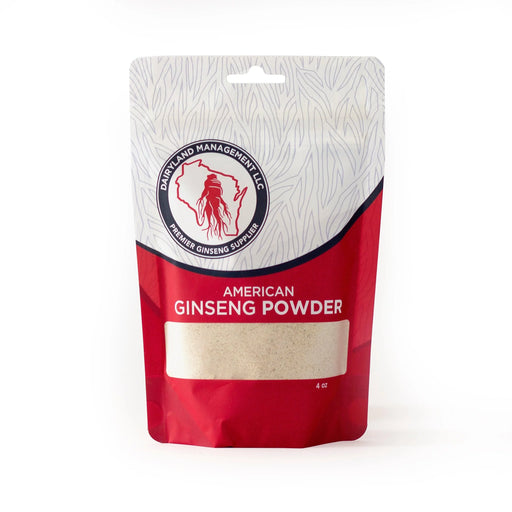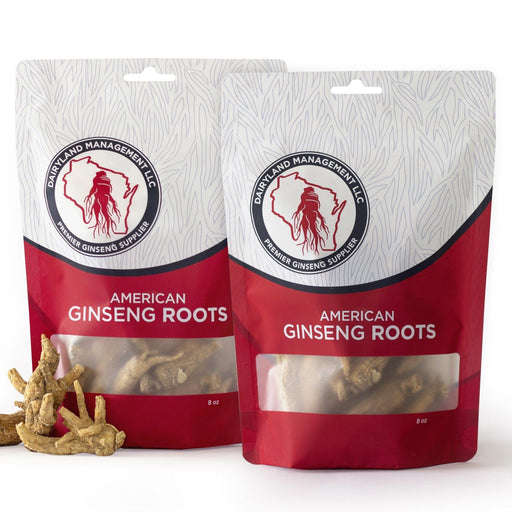Have you ever wondered about the different types of ginseng and how they can impact your well-being? For years, I've explored herbal remedies, and the topic of ginseng consistently comes up. The questions and nuances of each variety often leave people curious, so let's get into it.
This is a chance to clarify the distinctions among the various types of ginseng. This article will be useful and actionable. You'll learn more about something that took me a while to understand.
Table of Contents:
- Understanding the Ginseng Family
- Different Types of Ginseng Processing
- Beyond True Ginseng: Related Herbs
- Choosing the Right Type for You
- FAQs about types of ginseng
- Conclusion
Understanding the Ginseng Family
The term "ginseng" refers to several plant species within the Panax genus. The word "Panax" originates from the Greek term meaning "all-healing."
This highlights the broad health benefits traditionally associated with these plants. However, not every herb called "ginseng" is true ginseng.
True Ginseng Species
True ginseng belongs to the Panax genus. The most widely recognized are American Ginseng and Korean Ginseng.
American Ginseng (Panax quinquefolius) is native to North America. It’s valued for its cooling and balancing properties.
After harvesting, the roots are chilled and air-dried. This process preserves the natural compounds, making sure the benefits remain.
Korean Ginseng (Panax ginseng), hails from East Asia. Korean Ginseng is recognized for its energizing effects.
It undergoes a steaming process after harvest, giving it a reddish hue. This is why it is called, "red ginseng."
Comparing American and Korean Ginseng
Both American and Korean ginseng types contain ginsenosides, but their effects differ due to variations in their chemical profiles. American ginseng's ginsenosides are more calming.
Steaming Korean ginseng transforms its ginsenosides. These changes create a stimulating profile.
The preparation methods also play a critical role. American ginseng roots are air-dried, helping them retain their natural compounds in a balanced state.
Korean ginseng’s steaming enhances its potency, for those wanting an energy boost. Selecting the right choice depends on your needs.
Different Types of Ginseng Processing
How ginseng is processed impacts its properties. There are two main types: white ginseng and red ginseng.
White Ginseng
White ginseng is air-dried American ginseng. This drying process keeps the natural compounds intact, providing cooling effects.
It’s a gentle option, supporting the body's balance. White ginseng is ideal for those looking for subtle, long-term support.
Red Ginseng
Red ginseng, commonly from Korean ginseng, undergoes a steaming and drying process. This process boosts the root’s potency and transforms its chemical profile.
This provides it with more energizing effects. Red ginseng can also support increased vitality and alertness.
Beyond True Ginseng: Related Herbs
While only Panax species are considered "true" ginseng, some other herbs share similar properties and are often grouped.
Siberian Ginseng (Eleutherococcus senticosus)
Siberian Ginseng, also called Eleuthero, grows in Siberia and parts of Russia. It is not a "true" ginseng, but it has similar adaptogenic properties.
It's known for improving stamina, fighting fatigue, and boosting the immune system. It assists your body to resist various environmental stresses.
Notoginseng (Panax notoginseng)
Notoginseng primarily grows in Southern China and Southeast Asia. Known for blood-regulating qualities, it is different from other types of ginseng, such as American and Korean Ginseng.
Its ability to boost blood circulation makes it valuable for cardiovascular health. It's used for managing bruises, injuries, and inflammation.
Here is a summary comparing some different properties:
| Ginseng Variety | Scientific Name | Primary Growing Regions | Key Properties | Main Uses |
|---|---|---|---|---|
| American Ginseng | Panax quinquefolius | North America | Cooling, balancing | Reduce stress, enhance mental clarity, balance body |
| Korean Ginseng | Panax ginseng | East Asia | Warming, energizing | Increase energy, vitality, support immune health, improve blood circulation |
| Siberian Ginseng | Eleutherococcus senticosus | Siberia, Russia | Adaptogenic | Enhance stamina, combat fatigue, support the immune system |
| Notoginseng | Panax notoginseng | Southern China, Southeast Asia | Blood-regulating, hemostatic | Promote circulation, reduce swelling, heal wounds, support cardiovascular health |
Other Ginseng-Like Herbs
Several other herbs are often associated with ginseng because of their similar properties, although they aren’t technically ginseng.
Indian Ginseng, commonly known as Ashwagandha (Withania somnifera), is known to keep users calm. This is unlike other ginsengs that boost energy.
While all these "false" ginseng plants are valuable, they don’t contain the specific ginsenoside compounds found in true Panax species. Ginsenosides are central to the benefits provided by true ginseng, highlighting the importance of understanding distinctions when looking for natural remedies.
Choosing the Right Type for You
Selecting the right form depends on your goals. For energy improvement, red ginseng is best.
If stress and focus are concerns, try American ginseng. It is suggested to start with a small dosage.
Siberian ginseng is great for building up stamina. For a blood circulation focus, Notoginseng could be useful.
FAQs about types of ginseng
Which type of ginseng is the best?
The "best" type depends on your health goals and how your body reacts. If you want an energy boost, then try Korean ginseng varieties.
What are the different types of ginseng?
The main types include American, Korean, Siberian, and Notoginseng. Remember that only American and Korean are true ginsengs.
What is better, Siberian or Korean ginseng?
It depends on your objective: Siberian ginseng provides endurance, while Korean ginseng is stimulating.
What is the difference between Korean and American ginseng?
Korean ginseng is warming and stimulating. American ginseng is a gentle approach to balancing the body and mind.
Conclusion
Exploring the world of ginseng shows a plant with many types to provide benefits. You might want American ginseng’s support, Korean ginseng’s jolt, Siberian ginseng's stamina boost, or Notoginseng's blood-regulating powers. Integrating ginseng into your routine can provide health perks.
As someone who’s experienced these varieties, I’ve come to appreciate the value of solutions tailored to your needs. Well-researched choices will ensure that the supplements work as needed.
Elevate your health with Dairyland Ginseng’s expertly curated products. From our handpicked Wisconsin Ginseng Seeds and Roots to convenient Ginseng Extracts and Powders, every product is rooted in 40+ years of expertise and Wisconsin’s rich, fertile soil.
Explore the benefits of authentic ginseng for energy, immunity, and holistic well-being.
👉 Shop now and experience the Dairyland difference!

